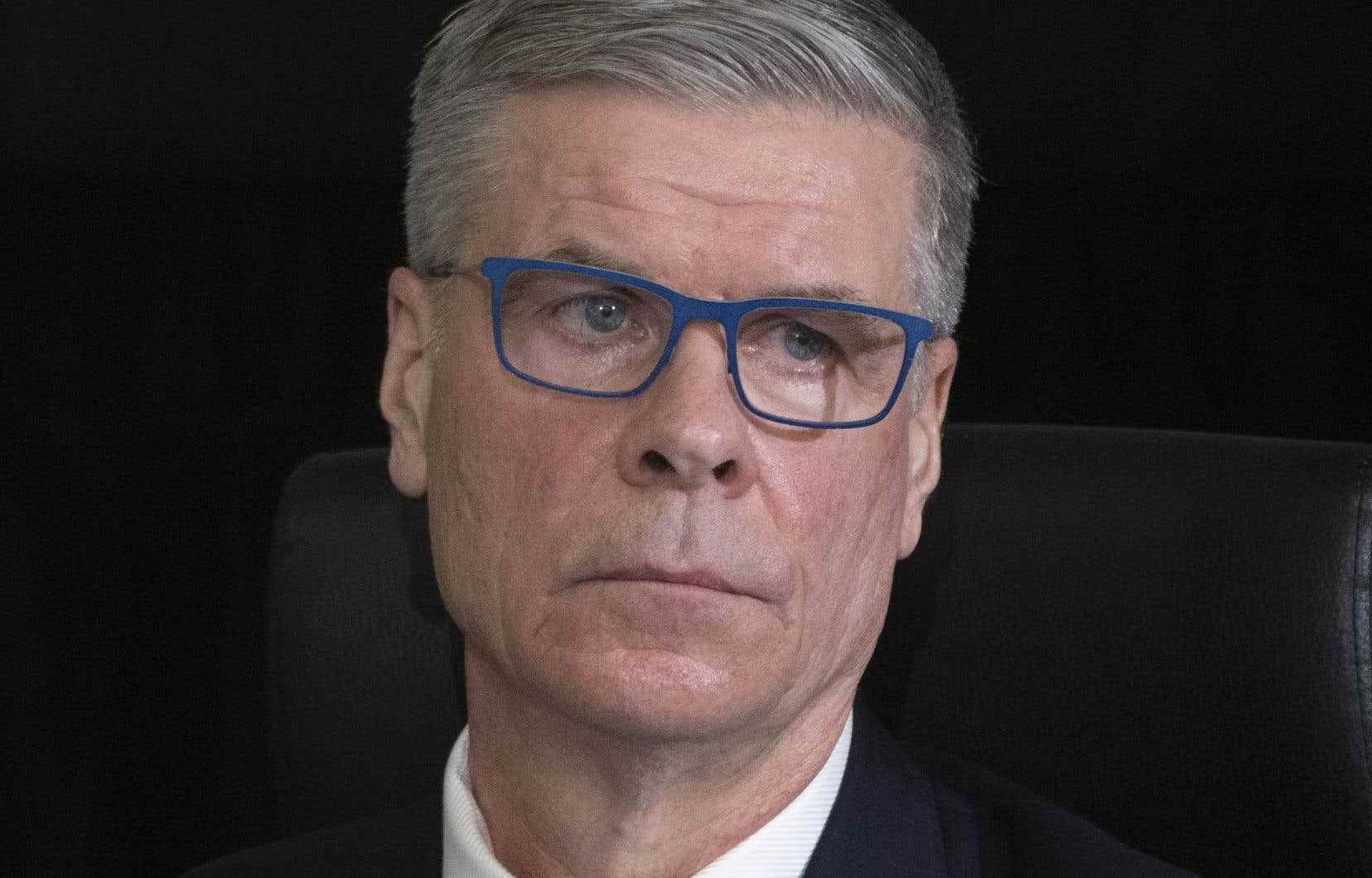The president of the Canada Border Services Agency (CBSA) last winter was surprised to realize that his agents did not have the power to turn back at the border potential participants in the protests against health measures, which took then on the rise in Canada.
The CBSA saw the first slowing movement of traffic at the Emerson, Manitoba border crossing on Jan. 17, John Ossowski told the Emergency Commission on Wednesday.
The commission is investigating the federal government’s use of the Emergencies Act, invoked in February after heavy truck blockades halted traffic at several border crossings and paralyzed downtown Ottawa.
Ossowski said on Wednesday that the CBSA, based on intelligence gathered at the time, had begun developing contingency plans for a potential border blockade.
“One of the things we started doing — and in a very unusual way — was setting up cameras pointing at Canada, to find out what was coming,” Ossowski said. The border agency has many cameras facing the US side of the border.
The State of Emergency Commission is investigating the events leading up to the federal government’s historic decision to invoke emergency law for the first time since it replaced the War Measures Act in 1988 .
When Prime Minister Justin Trudeau declared a state of emergency on February 14, he spoke of the economic impact of the blockades and the damage to Canada’s economic and national security.
The Emergencies Act gave police and governments extraordinary powers to put down protests. Authorities could freeze attendees’ bank accounts, create no-go zones around critical infrastructure, and compel the collaboration of tow truck companies to tow trucks that were blocking traffic.
Ossowski explained Wednesday that border officials did prevent a number of foreign nationals from entering Canada during the period of the ‘freedom convoy’ blockades, but that was under the usual admissibility checks. at the border and the vaccination status of travellers.
Officers could redirect people to secondary screening if they believed those travelers were planning to join the protests. But Canadian law does not allow the Border Services Agency to prevent people from entering the country to participate in a lawful protest if they meet all other conditions, said Ossowski, who has since taken his retirement from his position with the CBSA.
Officers can turn away travelers if they are suspected of wanting to enter Canada to do something illegal, he told the commission.
“Freedom or death!” »
Meanwhile, the CBSA was at the time receiving serious threats against its officers and against the prime minister, the commission heard. “We would like to come to Canada to support the protest and if you want a war against your people, we are ready to die to stop you,” read an email received on February 7 and filed with the commission on Wednesday. “None of your borders will detain us! Freedom or death! »
Another email, received on February 12, threatened the Prime Minister with hanging for acts of tyranny.
Mr. Ossowski expressed to the Deputy Minister of Public Security, who then passed it on to cabinet ministers, his concerns about the impossibility of turning people back at the border. He says, however, that he did not advise the government on whether to invoke the Emergencies Act.
He said he did not advise them on whether to invoke the Emergencies Act.
Once that law was invoked and protests at the borders and in Ottawa were declared “prohibited,” border officials could turn people away if they were suspected of coming to participate, Ossowski said.
Confidential cabinet committee documents filed with the commission show that two “known” foreign nationals were barred from entering Canada under powers granted by the Emergencies Act.
The Commission on the state of emergency is responsible for determining whether it was justified for the federal government, in the circumstances, to invoke this emergency law in February. The commission’s hearings, which began in mid-October, are expected to wrap up by the end of next week. The final report is due in Parliament in February.
